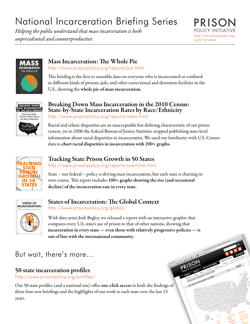New video explains jail telephone industry’s hidden fees
One company produces a video explaining to Sheriffs how the status quo is bad for them.
by Peter Wagner, November 25, 2014
NCIC, one of the smaller companies in the prison and jail telephone industry, has made a two minute video that explains how some players in the industry cheat families, the jails, and state regulators by charging the families hidden fees and then quietly pocketing that money.
The perspective of the video is different than a lot of what we post on this blog; it comes from a more-ethical company speaking directly to jails about how the the current system isn’t as good for the jails as they have been led to believe.
For more on hidden fees and other nasty tricks that hurt families without bringing in a dime for the facilities (like Text-To-Collect and other “single-call” programs) see our 2013 report Please Deposit All of Your Money: Kickbacks, Rates and Hidden Fees in the Jail Phone Industry.






